Short Inca Trail to Machu Picchu: Most Asked Questions by First-Time Hikers

Planning the Short Inca Trail to Machu Picchu can be exciting yet overwhelming, especially if its your first time hiking in Peru. To help you prepare, here are the most frequently asked questions about the 2-day trekanswered clearly and concisely.
1. What exactly is the Short Inca Trail?
The Short Inca Trail is a two-day hike starting at KM 104 along the railway to Machu Picchu. It follows a portion of the original Inca Trail and ends at the Sun Gate (Inti Punku), offering a spectacular view of the Machu Picchu citadel.
2. How long is the trail?
The hiking distance is approximately 11 kilometers (about 6.8 miles). Some sources may list it as 78.5 miles depending on where the trek is measured from and whether return routes or approaches are included.
3. What makes it different from the Classic Inca Trail?
The Short Inca Trail is only two days long and doesnt involve camping or reaching extreme altitudes like the Classic 4-day Inca Trail. It is a great option for travelers with limited time or those looking for a less strenuous experience.
4. Do I need a permit?
Yes, permits are required for the Short Inca Trail. Only licensed tour operators can obtain these permits on your behalf, and they are linked to your passport, so they cannot be transferred or changed later.
5. How early should I book?
Permits can sell out months in advance, especially during peak season (May to September). Its recommended to book 46 months early to secure your spot.
6. What is the level of difficulty?
The trek is considered moderately difficult. While it is much shorter than the Classic Inca Trail, it includes uphill climbs, stairs, and high-altitude hiking. A basic level of fitness is recommended.
7. What altitude will I reach?
The highest elevation is around 2,700 meters (8,858 feet) above sea level. While this is lower than the Classic Trail's Dead Womans Pass, altitude can still affect some hikers.
8. What is the typical itinerary?
Day 1: Hike from KM 104 to the Sun Gate, then descend to Aguas Calientes for an overnight stay in a hotel.
Day 2: Visit Machu Picchu early in the morning for a guided tour, then return to Cusco via train and bus.
9. Do I need to carry my luggage?
No, youll only need to carry a small daypack with essentials. Your main luggage can be stored at your hotel in Cusco or Aguas Calientes.
10. Where do we sleep?
Youll stay overnight in Aguas Calientes, the town at the base of Machu Picchu. Most tours include hotel accommodation with different options based on your budget.
11. What meals are included?
Most tour packages include a boxed lunch for the hike, dinner in Aguas Calientes, and breakfast the next day. Always confirm meal arrangements with your tour provider.
12. Is altitude sickness a concern?
Although the altitude is lower than on the Classic Trail, some people may still experience mild symptoms. Its best to acclimatize in Cusco for a day or two before the trek.
13. What is the best time to hike?
The best time is during the dry season from April to October. The trail is closed in February for maintenance due to heavy rains.
14. How fit do I need to be?
You dont need to be an athlete, but moderate physical fitness is helpful. Hiking, stair climbing, or cardio training before the trip can improve your comfort level on the trail.
15. Can I climb Huayna Picchu afterward?
Yes, but youll need to book a separate ticket in advance. Availability is limited and often sells out months ahead.
16. What should I pack?
Youll need:
-
A small daypack
-
Comfortable hiking shoes
-
Lightweight clothing for layering
-
Rain jacket or poncho
-
Sunscreen, hat, and sunglasses
-
Refillable water bottle
-
Passport
-
Personal medication
17. Do I need a guide?
Yes. The Peruvian government requires that all Inca Trail routes, including the Short Trail, be completed with a licensed guide through an authorized tour operator.
18. How big are the tour groups?
Group sizes vary by company but typically range from 4 to 16 people. Smaller groups usually offer a more personalized experience.
19. Are there toilets on the trail?
There are a few basic restrooms at certain checkpoints. Its a good idea to bring your own toilet paper and hand sanitizer.
20. Is drinking water provided?
Most tour operators supply filtered or bottled water during the hike. However, its wise to carry your own refillable bottle and purification tablets just in case.
21. What if I cant complete the hike?
In case of injury or illness, tour guides are trained to assist with evacuation plans. Partial refunds are unlikely, so its recommended to purchase travel insurance that includes trekking coverage.
22. Can I leave my luggage somewhere?
Yes. Your main luggage can be stored at your hotel in Cusco or Aguas Calientes while youre on the trail. Youll only need to carry your daypack during the hike.
23. Will I have cell service or Wi-Fi?
There is no cell service or Wi-Fi on the trail. Wi-Fi is available in Aguas Calientes, but the signal can be weak. Consider this a great time to unplug and enjoy nature.
24. Do I need travel insurance?
Yes, travel insurance that includes trekking and medical coverage is strongly recommended. Some operators even require proof of insurance before departure.
Final Thoughts
The 2 day Inca Trail to Machu Picchu offers an ideal mix of adventure, history, and natural beauty all in just two days. Whether youre new to trekking or short on time, this route delivers a rewarding and memorable experience that ends at one of the most iconic wonders of the world.
Would you like a packing checklist, a downloadable guide, or help finding the right tour provider? Just let me know!





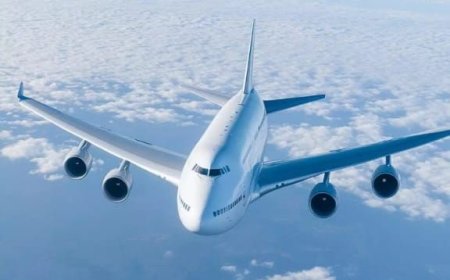
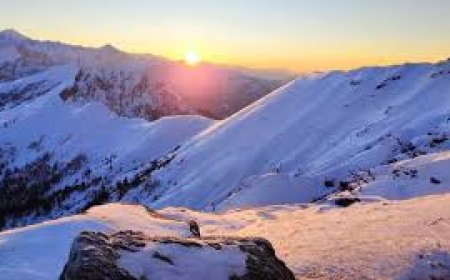
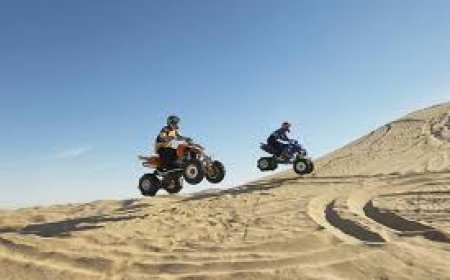
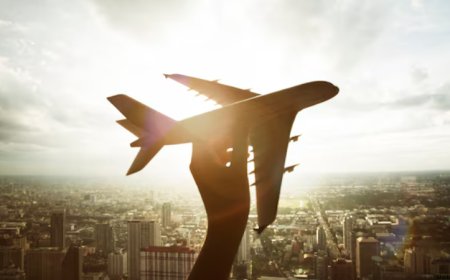
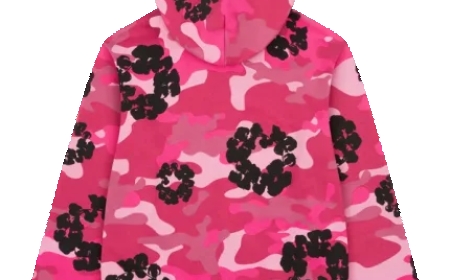

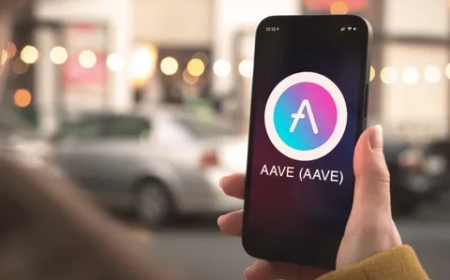




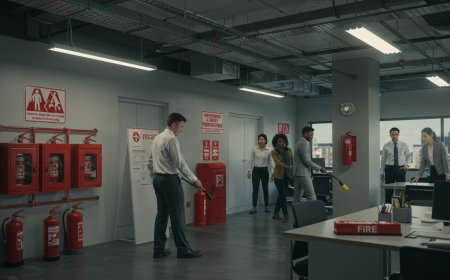
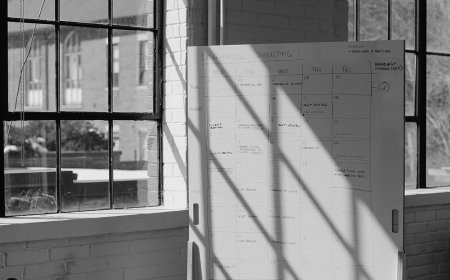


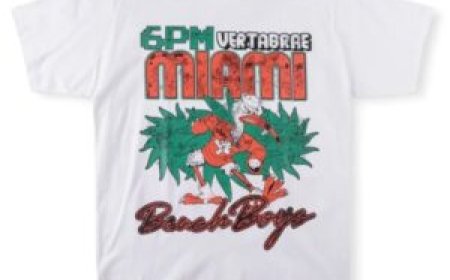
![Top 11 Real Estate Mobile App Developers in Riyadh, Saudi Arabia [2025 Edition]](https://www.philadelphialivenews.com/uploads/images/202506/image_430x256_68621a9e48997.jpg)




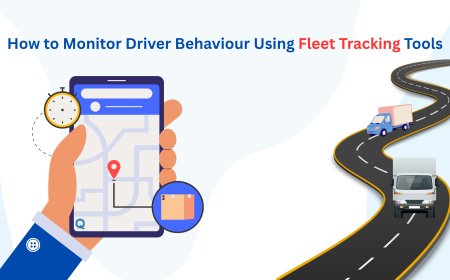





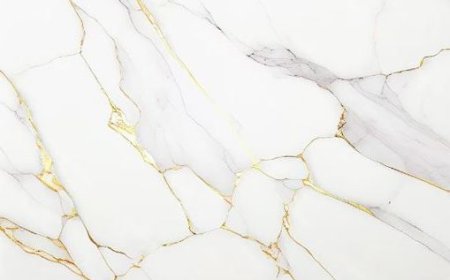
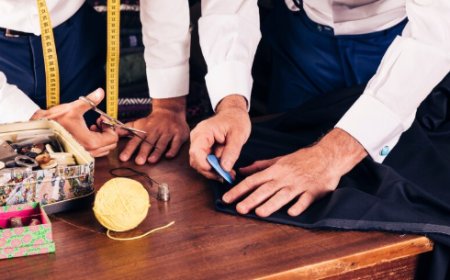




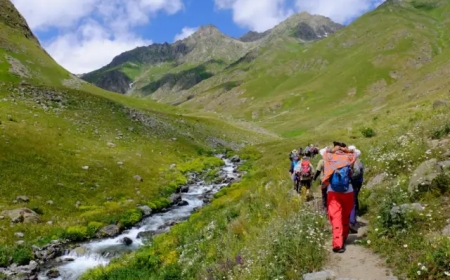
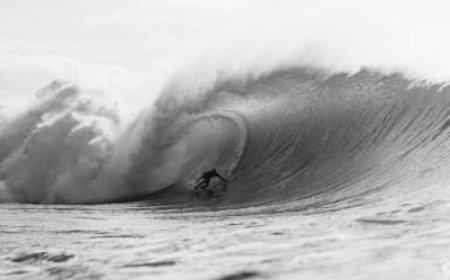

![Top 11 Real Estate Mobile App Developers in Riyadh, Saudi Arabia [2025 Edition]](https://www.philadelphialivenews.com/uploads/images/202506/image_140x98_68621a9e4a204.jpg)

